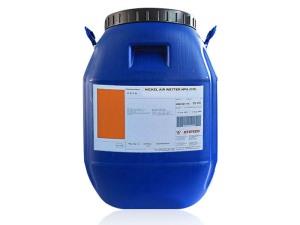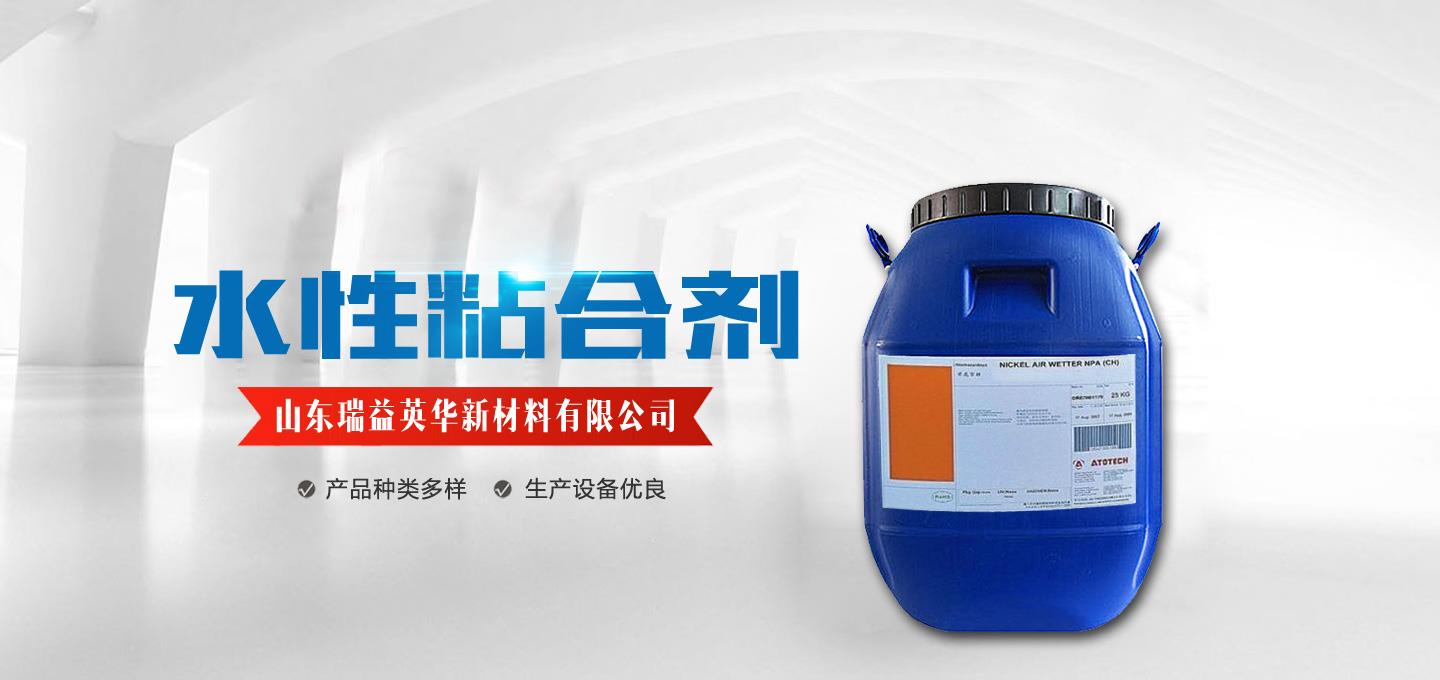With people's higher pursuit of quality of life, China's requirements for environmental protection are becoming stricter, and the demand for new environmental protection materials is also increasing. The change from "oil" to "water" will become the future development trend. The requirements of the preparation method are also getting higher and higher.
1. Purpose
Acrylic emulsion is used for building waterproofing, water-based inks, puzzle glue, etc. It is commonly used in many fields as follows:
(1) A variety of high, middle and low grade latex paint for interior and exterior walls.
(2) Exterior wall latex paint, real stone paint, rock paint, texture paint.
(3) Used as a finishing agent for silk fabrics and leather.
(4) Finishing agent for photo printing paper and processing agent for paper.
(5) It has good sealing performance for wood grease and tannic acid, and is used for transparent sealing primer for wood, wood board and floor.

(6) Electrodeposition coatings are used as binders for metal water-based paints and plastic water-based paints.
(7) Asphalt waterproof reform agent.
(8) It is used as antistatic agent for polymer materials, flocculant for sewage, and oil-free drilling additives.
2. Classification of acrylic emulsion
1) According to the usage classification of the product, it can be divided into: interior wall emulsion, exterior wall emulsion, elastic emulsion, waterproof emulsion, sealing emulsion, etc.
2) According to the composition of the product, it can be divided into: pure acrylic emulsion, silicone acrylic emulsion, styrene acrylic emulsion, vinegar acrylic emulsion, etc.
3. Properties of acrylic emulsion
In line with environmental protection requirements, non-film-forming high-gloss resin, with excellent gloss and transparency, good anti-blocking performance.
4. Process introduction
Preparation of water-based acrylic emulsion: Add acrylic monomers, emulsifiers, and water, which include acrylic hard monomers, acrylic soft monomers, and acrylic functional monomers, to the Jinzong emulsification kettle to emulsify them. Obtain a non-stratified emulsion; then add the remaining water, remaining emulsifier, and buffer to the Jinzong polymerization reactor, warm up, add the emulsion, add the initiator to react, and drop the remaining The emulsion and the remaining initiator are dripped after the set time; then the Jinzong polymerization reactor is heated to a certain temperature to maintain the reaction, and the temperature is reduced to a certain temperature. A pH regulator is added to adjust the pH value of the reaction system 6 ~ { Between {1}}, an aqueous acrylic emulsion is prepared.
Related Industry Knowledge
- Precautions for storage and use of pure water-based sealant
- What are the causes and solutions of window paste that cannot be cured normally?
- What are the factors that affect the quality of glue-gluing?
- What is the effect of the curing amount on the drying speed of the laminating adhesive?
- What are the coating methods of pure water-based sealant?
- What are the factors that affect the gloss of water-based varnish?
- Several factors causing problems in glue-gluing
- How to solve the white spots and disappearance of aluminum coating film adhesive?
- What problems should be paid attention to in the use of gluing?
- What problems should be paid attention to when using pure water-based sealing glue?
- Precautions for using pure water-based sealant
- Laser film adhesive use and precautions
- Selection and Use of Glue
- Brief introduction of precautions when using glue
- Glue box characteristics display
- Application control of water-based varnish
- Characteristics and application of laser film adhesive
- Factors affecting the gloss of water-based varnish (below)
- Application of laser film glue on pressed flower cards
- Status and development of window adhesive


